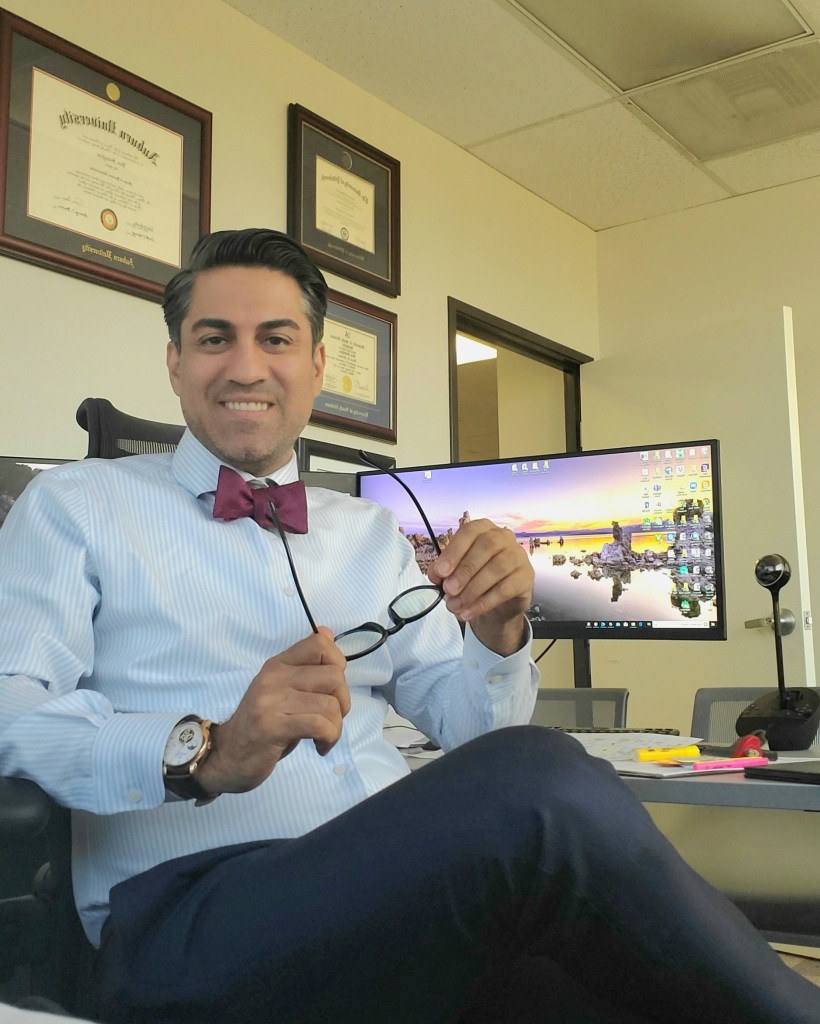In the rapidly evolving world of healthcare, technology and innovation are key drivers of change. One of the visionary leaders spearheading this transformation is Dr. Reza Sadeghian, a distinguished healthcare executive and a pioneer in health technology.
With over two decades of experience in the healthcare industry, Dr. Sadeghian has consistently demonstrated a profound understanding of the potential of technology to revolutionize patient care and streamline healthcare processes. His journey towards becoming a leader in health technology started with a passion for medicine and a keen interest in leveraging technology to enhance patient outcomes.
Dr. Sadeghian’s expertise spans various areas, including telemedicine systems, electronic medical record optimization, and patient-care enhancement. His role as a Chief Medical Information Officer (CMIO) has been instrumental in aligning health information technology with strategic planning and financial management. His efforts have led to the development of innovative technology programs that have not only advanced business strategies but also fostered a culture of continuous improvement and efficiency.
As a practicing pediatrician and a healthcare executive, Dr. Sadeghian brings a unique perspective to the intersection of clinical practice and health technology. This valuable combination of skills allows him to identify opportunities for technology implementation that directly impact patient care and clinical workflows.
Dr. Sadeghian’s dedication to staying at the cutting edge of the healthcare technology landscape is evident through his continuous involvement in the professional community. He actively shares his knowledge and insights through seminars and lectures on health information technology and related subjects. His aim is not only to inspire others but also to encourage a collective effort to integrate technology seamlessly into healthcare practices.
One aspect that sets Dr. Sadeghian apart is his commitment to incorporating Lean manufacturing principles and Failure Modes and Effects Analysis (FMEA) in healthcare. These methodologies, typically associated with industries like manufacturing, are applied to healthcare to improve processes, reduce errors, and enhance patient safety. Dr. Sadeghian’s vision of leveraging such methodologies has paved the way for a more efficient and patient-centric healthcare system.
As healthcare continues to evolve, the role of visionary leaders like Dr. Reza Sadeghian becomes increasingly critical. His innovative approach to health technology and his passion for optimizing patient care have positioned him as a driving force in the advancement of healthcare.
In conclusion, Dr. Reza Sadeghian stands as a beacon of inspiration for healthcare professionals and technology enthusiasts alike. Through his pioneering work in health technology, he has not only improved patient outcomes but also sparked a collective movement towards embracing innovation in healthcare. As we look to the future, Dr. Reza Sadeghian’s continued efforts will undoubtedly play a pivotal role in shaping the healthcare landscape for the betterment of patients and healthcare providers alike.









